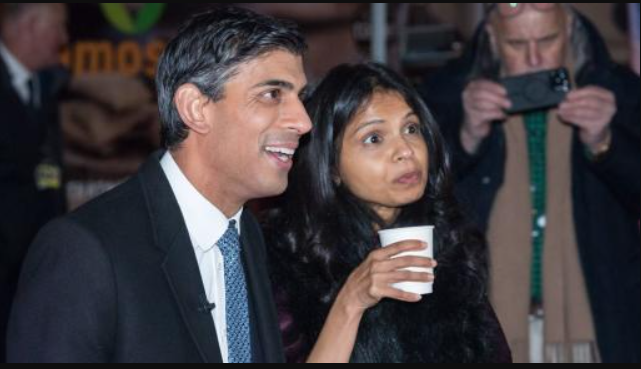Even after promising to support New York’s new small-donor public campaign financing model in the state budget, Albany lawmakers are apparently having second thoughts. Worrying reports. They worry that Albany is returning to business as usual after years of democratic change.
I was happy when our elected officials passed the state’s unprecedented public financing scheme in 2020 and when it debuted last November. I co-chaired the state’s Moreland Commission to Investigate Public Corruption ten years ago. In 2013, the Commission advocated a small-donor public funding system to “leverage the force and influence of each modest gift, amplifying the voices of those who are drowned out by the blare of large money” in Albany’s “pay-to-play” political culture.
A small-dollar public campaign funding system can avoid political corruption as I uncovered a decade ago.

New York really needs this program. In the 2022 election, the 200 largest candidates’ funders outspent the state’s 206,000 lowest donations by more than $2 million. 11% of campaign money came from under $250 contributors. Voters know that Albany will listen to those 200 large contributors more than most New Yorkers. No surprise 70% of New York people want their elected leaders to prioritize opposing rich donations in politics.
New York’s public campaign financing model will be the nation’s strongest with enough funds. Statewide candidates receive $6 for every $1 given by a state citizen up to $250. District residents can give $12 to legislative candidates.
That significant match will help average people influence state politics. A recent research estimated that the scheme will six-fold the financial power of small donors to legislative candidates, from 11% of all donations to 67%. From 6% to 41% of campaign funding for statewide candidates, small contributors would raise their share roughly seven-fold. Candidates may target small donors and yet raise competitive amounts.
New York City’s long-running public funding program has forced candidates to engage a more diverse and representative constituency.
Publicly financed candidates are more responsive to voters. “New York City’s long-running public funding scheme has pushed candidates to seek out to engage a more broad and representative collection of constituents,” according to the Moreland Commission’s 2013 report. Recent research has confirmed that public-funded candidates raise more small-dollar constituent donations than privately supported ones.
Public funding in New York is ready. New York Public Campaign Finance Board is open for business. Signups are underway. The Board has mechanisms to prevent Assembly redistricting from hindering candidate participation. Just this year’s budget lacks funds. Avoid procrastination.
This program deserves 0.02% of the state’s budget. Public funding will “reduce the pressures donors make on our elected officials to grant targeted tax cuts for special interests and to spend public monies on pork barrel projects of uncertain public value,” as my Moreland Commission colleagues and I discovered. We concluded that eliminating one wasted tax expenditure or superfluous spending program may pay the cost of the program.
Ten years ago, the Moreland Commission urged New York to “create a campaign funding system that fosters public trust and democracy, alters our pay-to-play political culture, and empowers everyday New Yorkers.” Voters have waited too long for New York’s public funding scheme, which is its foundation. Done. No excuses. Albany should finance and expedite this vital initiative.



